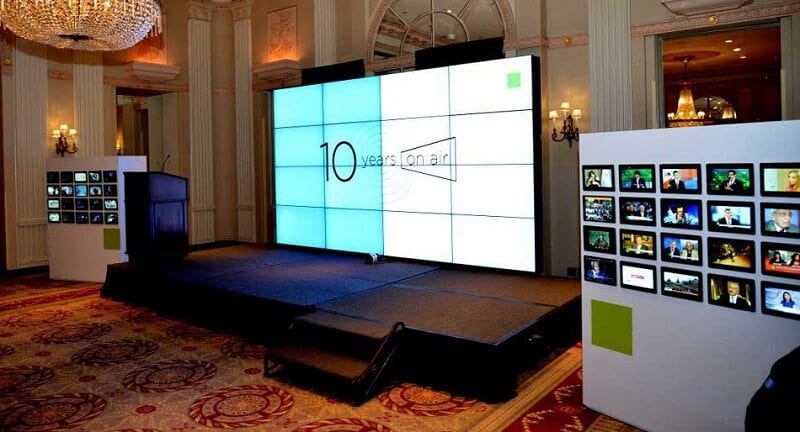A Thorough Comparison of Different Light Emitting Diode Video Wall Techniques and Their Uses
A Thorough Comparison of Different Light Emitting Diode Video Wall Techniques and Their Uses
Blog Article
LED display walls are increasingly popular in various settings, such as concerts, sports competitions, as well as business presentations. These large large displays are made up of numerous individual LED panels which work together to form a single cohesive visual. There are multiple kinds of Light Emitting Diode video screen solutions available, each having its own features as well as benefits. Grasping these technologies can assist businesses as well as entities select the appropriate option for their specific needs.
A frequent type of Light Emitting Diode display wall technology is the direct view LED. This solution uses separate Light Emitting Diode modules that are arranged closely in proximity to create a large display. Directly viewed LED walls are recognized for their elevated brightness and lively hues, which makes them perfect for outdoor activities or brightly illuminated settings. They also have a wide sight perspective, which means that viewers can see the display clearly at different locations. Such makes direct view Light Emitting Diode screens a favored choice for stadiums as well as external events.
A different kind of LED display wall solution is the LED illuminated LCD. Such solution combines traditional LCD displays and Light Emitting Diode illumination for improved brightness as well as color precision. LED-backlit LCDs are often utilized in interior settings, including shopping malls as well as conference spaces. They provide excellent visual clarity while are generally more cost-effective than directly viewed Light Emitting Diode screens. Nonetheless, they may not function as well in well-lit settings, as the backlighting can occasionally wash out the hues.
Another third option is the Organic Light Emitting Diode video screen. Organic Light Emitting Diode technology offers superior contrast as well as color depth compared to other kinds of screens. Every dot in an OLED display produces its individual light, allowing for true blacks and vibrant hues. Such renders Organic Light Emitting Diode video screens particularly attractive for uses that require high-quality visuals, including gallery exhibitions and luxury shopping outlets. Nonetheless, Organic Light Emitting Diode technology can be costlier expensive and may often view it now be as luminous as directly viewed Light Emitting Diode screens, making it less suitable for outdoor use.
In addition to these technologies, there are also multiple uses for LED video screens. These displays can be utilized for advertising, entertainment, and information presentation. For instance, companies commonly utilize LED video screens for electronic signage to attract customers as well as advertise products. In amusement, these displays enhance the sight experience at concerts as well as gatherings, providing dynamic backdrops as well as captivating images. Within business settings, Light Emitting Diode display walls can be utilized for demonstrations, visual conferencing, and educational programs, helping to convey data in a visually appealing way.
To summarize, LED display screens come in various types, each with its unique advantages and uses. Direct view LED screens are ideal for external applications, whereas LED-backlit LCDs are more suitable for interior settings. OLED display screens offer exceptional visual quality but may be at a higher cost. Grasping these variations can assist entities make knowledgeable decisions about the best kind of LED display screen best satisfies their needs, whether for promotion, amusement, or business use.